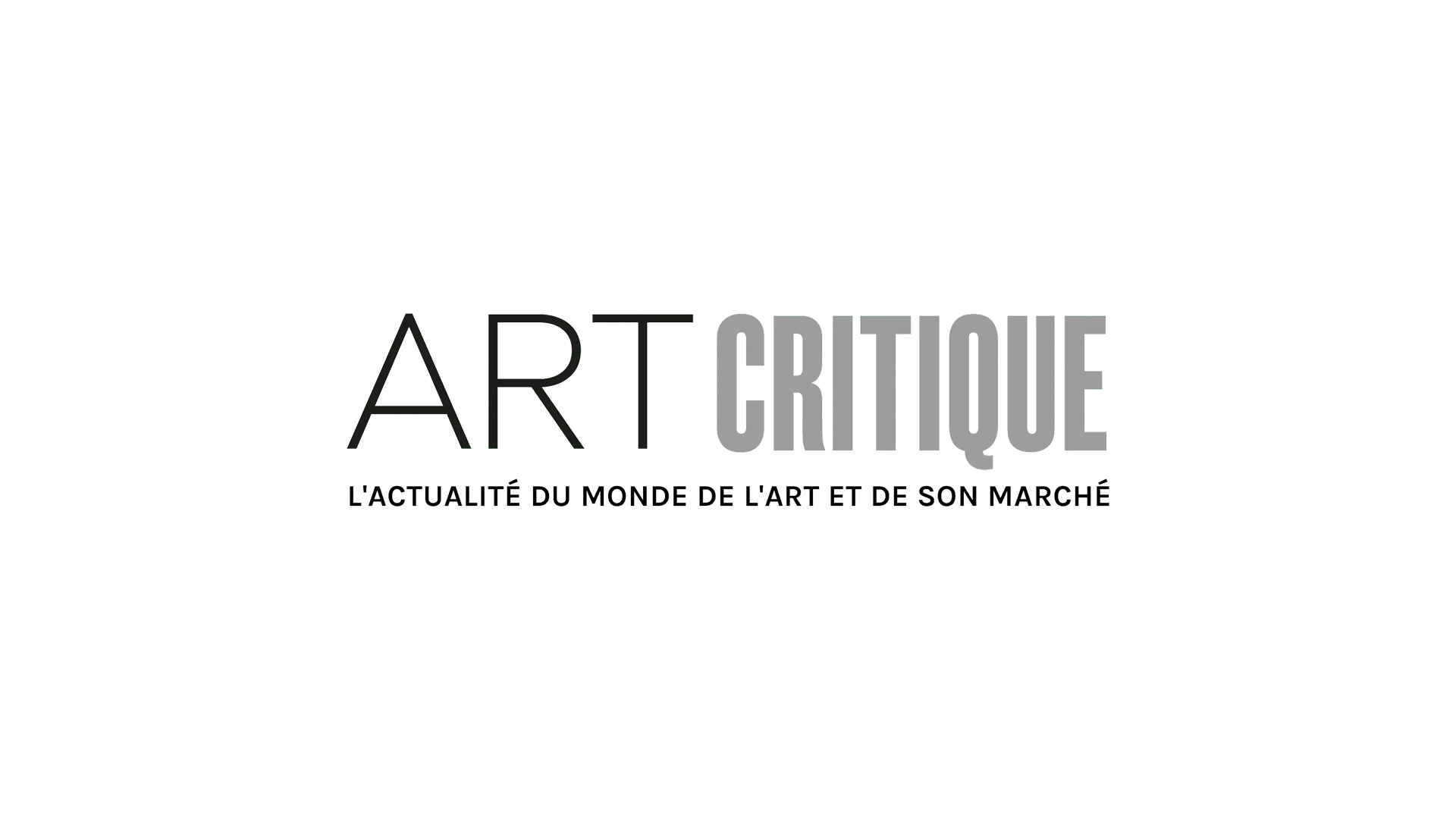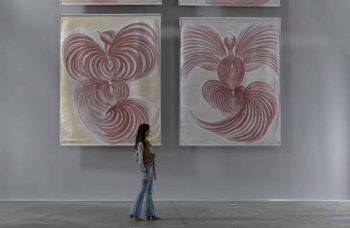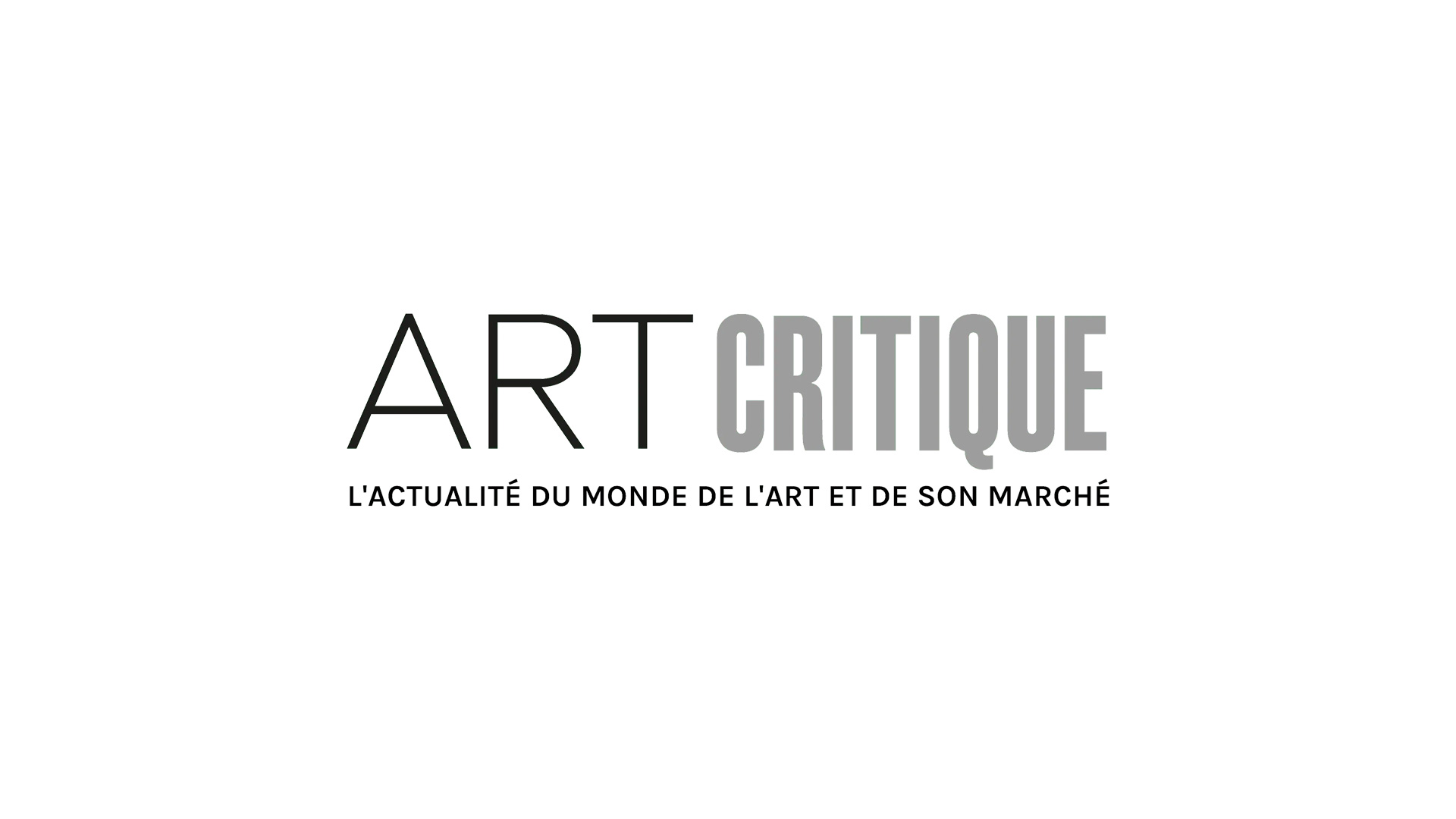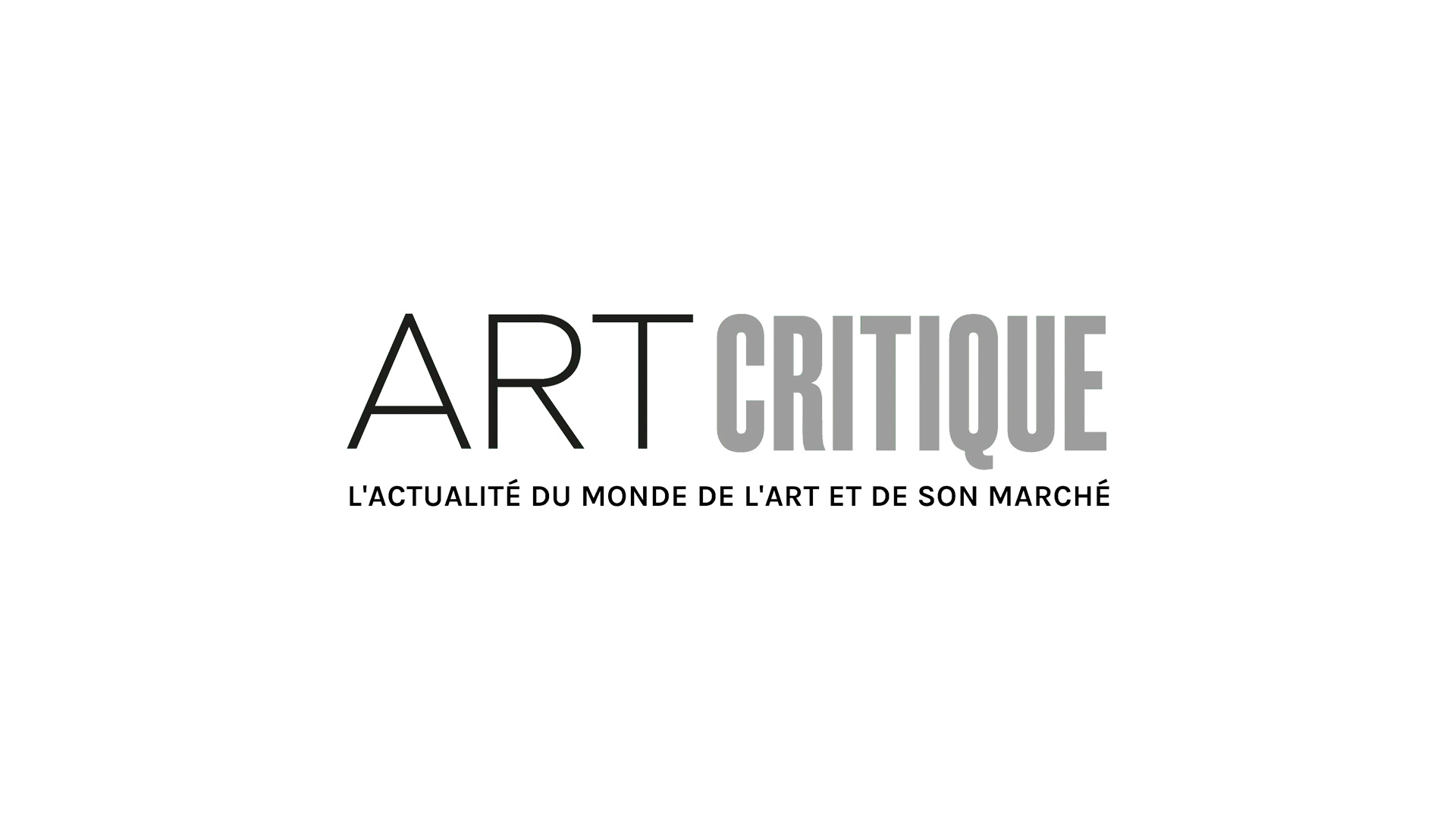In this week’s Art World Roundup, we look at the state of Beirut’s arts community a month after devastating blasts shook the city, a series of 100+ artworks by Katsushika Hokusai acquired by the British Museum, the Tate’s relationship with Anthony d’Offay, the recovery of a Robert Spencer painting by Art Recovery International, and the Musée d’Orsay’s apology for a woman who claims to have been sexually discriminated against while trying to enter the organisation.
Beirut update
Just over a month ago, Beirut was shaken when two explosions erupted from the city’s port. At least 190 were killed in the explosions, over 6,000 were injured and around 300,000 were left homeless. The city’s devastation only compounded an already bleak economy and the effects of the COVID pandemic. The city’s arts community was hit hard, too, with the news of deaths, artists losing years of work, and galleries taking substantial damage. Now that footing has been found in the weeks following the blasts, members of the Beirut arts world shared their experiences and current situations with Artsy, which can be read in full here.

British Museum acquires 100+ drawings by Hokusai
103 small-scale drawings by Japanese artist Katsushika Hokusai made in 1829 have been acquired by the British Museum, bumping their overall collection of Hokusai works to over 1,000. The series of drawings were created for a book called Great Picture Book of Everything that was never published. The drawings were once owned by Henri Vever, an Art Nouveau jeweller, and were then held in a private collection in France, according to the BM. The drawings were thought to be lost until last year when they resurfaced for the first time since 1948. The BM purchased the series with a grant from the Art Fund. “These works are a major new re-discovery, expanding considerably our knowledge of the artist’s activities at a key period in his life and work,” said honorary research fellow Tim Clark in the museum’s press release. “All 103 pieces are treated with the customary fantasy, invention and brush skill found in Hokusai’s late works and it is wonderful that they can finally be enjoyed by the many lovers of his art worldwide.” The works are not yet on display at the museum but they can be viewed online.

Tate again cuts ties with Anthony d’Offay
After Tate Galleries came under increased scrutiny for resuming a working relationship with dealer Anthony d’Offay, who has faced allegations of sexual harassment by a number of women since 2018, Tate and d’Offay are officially going their separate ways. Tate began working with d’Offay in 2008 and in the years following, purchased more than 700 artworks from him in conjunction with the National Galleries of Scotland for £26.5 million. The works have since been shown as part of the “Artist Rooms” series. In 2018, though, The Observer broke the news that several anonymous women had come forward with allegations of workplace sexual harassment while working with d’Offay, who has denied the claims. Tate and the National Galleries of Scotland terminated their relationship with the dealer at the time but in the last year, they quietly resumed their work together. Their renewed relationship drew attention last year and pressure to once again cut ties mounted. In a joint statement released by Tate and d’Offay, they announced their split and the museum stated it will remove his name from Tate Modern’s Turbine Hall and all signage referring to d’Offay and Anthony d’Offay Limited.

Art Recovery International recovers stolen Robert Spencer work
An artwork stolen from the collection of tennis hall of famer Gene Mako 25 years ago has been found thanks to the diligent work of Art Recovery International. An ARI researcher based in the UK was combing through the catalogue for an exhibition in the US when he recognized Robert Spencer’s 1928 work The Boating Party. The work is one of many the ARI is searching for in the hopes of returning stolen works to their rightful owners. The Spencer painting was part of Mako’s collection of around 800 pieces, and over 20 years ago, four Spencers went missing from the collection. Police believed the theft to be an inside job but there was little to go on. ARI CEO Christopher Marinello stated that connectivity and the internet has made it easier to track down artworks and more difficult for thieves to resale works of art. “In the old days, you could steal something from the U.S. and it would end up in the U.K. and no one would ever know,” said Marinello. “Now, word spreads across the world that something was stolen fairly quickly. It’s still possible to sell stolen works, but doing so relies on a buyer that fails to do their due diligence.” Marinello continued that in around 90 to 95 percent of the cases they work, the artwork goes back to the rightful owner, but it’s much rarer for them to catch the culprit. In the case of The Boating Party, the work has been returned to Mako’s family.
Musée d’Orsay under fire for guard’s conduct
After visiting the Musée d’Orsay, a woman, known by her Twitter handle as Tô’, released a letter to the museum after facing sexual discrimination when she tried to visit the Parisian institution. According to the letter released by the woman on Twitter, four museum security guards kept her from entering the museum until she covered her cleavage to abide by the museum’s dress policies. She released the letter alongside a photo of her in the outfit she was wearing when guards confronted her. According to the woman, she was not in violation of the museum’s code of dress, but ultimately covered up so that she could enter the museum. The museum has since faced backlash as the letter has been shared thousands of time and they’ve now issued an apology via Twitter. “We have become aware of an incident that occurred with a female visitor during her entry to the Musée d’Orsay,” wrote the museum. “We deeply regret this and offer our apologies to the concerned person, who we are contacting.” The woman’s experience has been echoed by many online who have had similar experiences are various museums and it is unclear as to if the museum and the woman have been in contact.
Lettre ouverte @MuseeOrsay
Ci-joint la robe de la discorde (photo prise quatre heures plus tôt) pic.twitter.com/FTIXQKsdRZ
— Tô’ (@jeavnne) September 9, 2020






